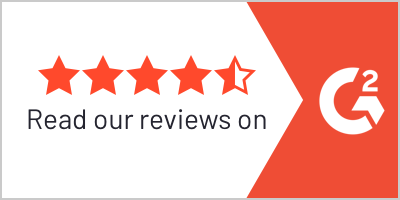What is Cam Reconciliation?
CAM reconciliation is when landlords compare estimated Common Area Maintenance (CAM) charges that tenants paid throughout the year against the actual property maintenance costs. This annual process determines whether tenants have overpaid or underpaid their share of operating expenses, based on their lease terms and pro-rata share of the property.
Without careful review of this process, landlords may charge tenants more than their fair share. Many tenants who overlook these details find themselves facing unexpected bills that impact their bottom line for years. While lease audits can catch unidentified fees, resulting disputes are often costly and time-consuming.
Common CAM Reconciliation Errors to Watch For
Common Area Maintenance fees often confuse tenants due to their complexity. These charges help offset property maintenance costs, including:
- Common area lighting
- Landscaping
- Snow removal
- Parking lot maintenance
Typically, landlords estimate these yearly expenses based on historical costs or budgets, then pass proportional shares to tenants through monthly payments. At year-end, the reconciliation process compares these estimates against actual costs – making thorough review crucial, as errors frequently occur.
Capital Expenditures Pass Through
Capital expenditures can be a point of disagreement between commercial landlords and tenants. Some landlords may require tenants to pay for certain kinds of capital improvements, while many tenants argue that these expenses are part of an owner’s investment in their property and, therefore, not their responsibility.
Given the grey area, landlords do sometimes pass on larger capital expenditures to tenants. It’s reasonable for a landlord to include routine replacement of light bulbs for a parking lot as a CAM expense; but larger projects, such as the installation of a $75,000 LED lighting system, for example, is a capital expenditure that, in most cases, cannot be passed through to the tenant.
Other examples of expenses that could be passed through incorrectly include roof replacement, major asphalt repairs/replacement, structural repairs, painting, and costs of renovating or repairing vacant units.

